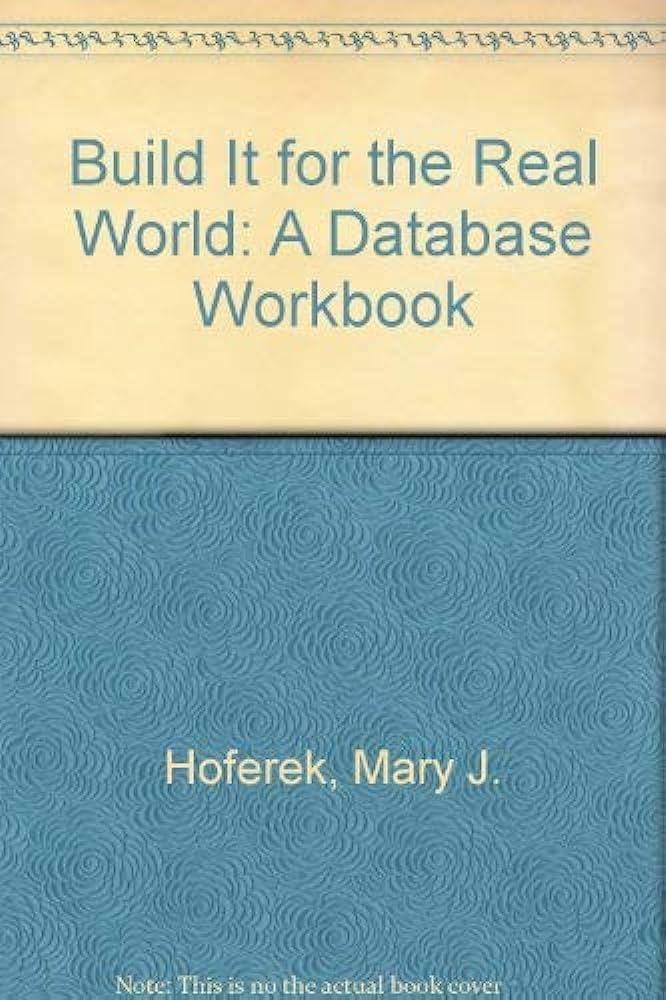A)Suppose in the following network topology that the N users are connected through circuit switching in order to use the r Mbps link. Consider again
A)Suppose in the following network topology that the N users are connected through circuit switching in order to use the r Mbps link. Consider again your 5 decimal numbers transformed 5 letters student exam ID above. r = MAXIMUM number out of these five numbers. The number of users N = 10 * MAXIMUM number out of these five numbers and each user when it uses the link transmits/receives 200 Kbps. Consider that the probability for the user to be active is 15% of the time. Find the probability that 30% of the link capacity will be used. Consider only integers or the closest integers in your calculations.

B) Consider the following network topology Consider that the servers in the above figure, that is the TV broadcasting server, the video server and the file storage and app servers group transmit through R1, R2 and R4 only in order to reach AN2 local network users. The traffic sent over those links is measured during 10 seconds. Consider again as above in subject 2 the 5 decimal numbers of your 5 letters student exam ID has been transformed into. Represent again each such decimal number with a bit sequence of 5 bits by transforming the decimal number to its binary equivalent again. This way you obtain 5 groups of 5 bits each. For each such group consider its 1s complement. For instance, if the group is 11100 then the associated 1s complement is 00011. Now consider the sequence of these 10 groups of 5 bits each. Take first the original 5 bits sequence of th group and then, its 1s complement. In the above case you will have for the group 11100 the two 5 bits relevant groups 11100 00011. This way you will finally have ten 5 bits groups from your student exam ID. In total 50 bits. Each group of five bits in this sequence represents, lets say the traffic in one second in our problem, as follows: The ones in these 5 bits group represent the number of packets of the TV broadcasting server and the zeros the number of packets of the video server. Consider then, the inverse sequence of the 50 bits. We can consider that the number of packets of the file storage and app servers group per second is represented by counting the number of ones in the 5 bits groups. For instance, if we have the group 11100 as above, 3 is the number of packets of the TV broadcasting server and 2 of the video server per second when such exists in the links. On the other hand, if the bits sequence for only a 10 in total bits sequence is 1110000011, then, the inverse is 1100000111. In this case in the first second, we have 2 packets of the file storage and app servers group and in the second sec we have 3 packets if such a traffic exists in the considered link. Under these assumptions the packets sent by the TV Broadcasting Server have a size of LS1 = 500 bits and the packets sent by the Video Server have a size of LS2 = 10000 bits, while the packets sent by the file storage and app servers group have a size of LS3 = 3000 bits. Packets are transmitted at rate r1 = 100 Mbps over the link between AN6 and R1, r2 = 120 Mbps over the link between R1 and R2, r3 = 150 Mbps over the link between R2 and R4 and r4 = 100 Mbps over the link between R4 and AN2 For each packet RECEIVED consider an ACK exists. For all packets and types of traffic the ACK packet has length LACK= 100 bits and there are no lost packets, no lost acknowledgments. If the transmission time of each packet is Ds, including receipt of its ACK, compute the Histogram of Ds, E[Ds], V[Ds] and its CV[Ds], as well as compute the Histogram of p*Ds, E[p*Ds], V[p*Ds] and its CV[p*Ds] as we have done in the classroom. Where, in p*Ds, p is the number of packets per second. Consider all three types of traffic. In your computations of the above quantities round up all values of Ds to integer only values.

C) Considering the above problem 3.B for exactly the above traffics, you have already analyzed regarding the aforementioned topology in order for the TV broadcasting server, the video server and the file storage and app servers group to transmit through R1, R2 and R4 only, so that to reach AN2 local network users, suppose that for each type of traffic we lose one packet for every 3 packets and an ACK for every 4 packets contained in this traffic. Compute the total number of packets needed to be transmitted in order that all packets during the 10 seconds above specified reach their destination. Examine the problem in the case of ABP, GO-BACK-N and SRP ARQ protocols. Consider only one type of traffic not all three, since the procedure is the same for all three types of traffic.
Step by Step Solution
There are 3 Steps involved in it
Step: 1

See step-by-step solutions with expert insights and AI powered tools for academic success
Step: 2

Step: 3

Ace Your Homework with AI
Get the answers you need in no time with our AI-driven, step-by-step assistance
Get Started


